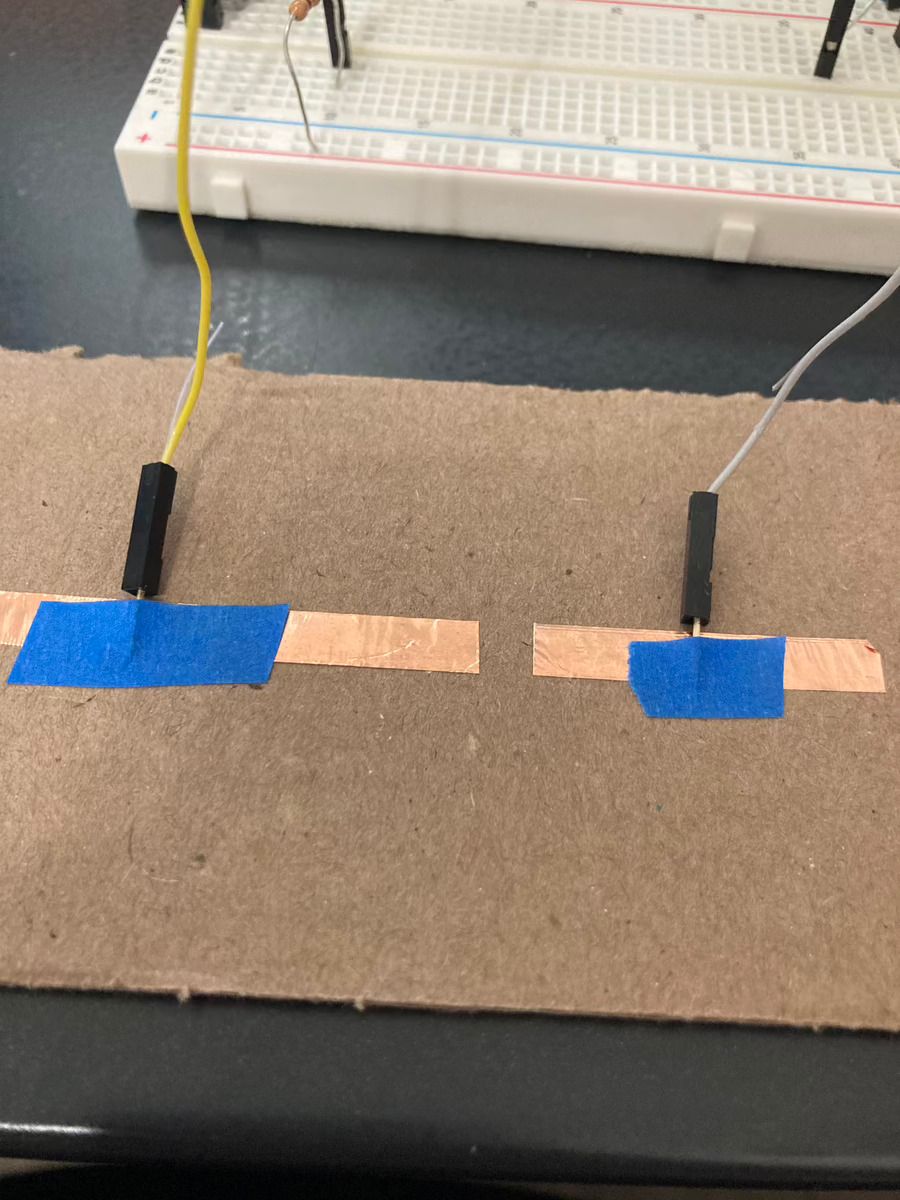Physical Computing 9/7/22
“Don’t get frustrated, get help!”
Well, in hindsight it might have been a mistake to wait until the weekend to even think about starting on my PComp labs. Not that I didn’t finish them all (and I feel like it’s pretty good to be writing this at dinner time on Tuesday), but for about 24 hours I wasn’t sure I would. Who needs that stress?
Next to Hypercinema, ICM, and Visual Language, I think PComp is the class I have the least applicable prior experience for. Whatever I had to learn about electricity in middle and high school is lost to me now, and we never worked with circuits. I think the most PComp-esque project I’ve ever worked on before this was when I took the reins of my college’s Decentralized Dance Party, an event where we’d hook up a portable radio transmitter broadcasting a pirate signal and then shimmy around campus blasting the broadcast music from boomboxes. Even with that, the most I had to do was occasionally fiddle with audio cables and make sure I didn’t mix up power and ground leading from the battery to the transmitter.
So yeah, I looked at the first couple labs and thought “what have I gotten myself into?” Over the weekend I decided that I’d definitely go to the first PComp workshop on Monday the 12th.
What a help that was! I had gotten about as far as wrapping my head around the basics for all the components included in the class box, but I wanted to be very sure I wouldn’t fry the Arduino in the first week. I ended up working in a group with Kay and Jo, each of us learning from the slightly different approaches we were taking to the first few labs (I powered my board through the Arduino, Kay and Jo through a 12V power supply).
Big thanks to Kay for sussing out that I had grabbed the wrong resistor from the Shop bins–yeah, I learned that a single LED won’t look very bright at all when paired with a 220 kiloohm resistor.

After the fun of wiring up LEDs in parallel to a push button and playing with a potentiometer, I went home feeling pretty confident that I could finish the rest of the Week 1 labs today. To mix up my experience powering up the circuit, I grabbed a 9V connector from the lab and bought two 9V batteries from the grocery store (for a frankly ludicrous price, oh well).
It took me a little while to wrap my head around the diagrams for wiring up push buttons in parallel, but of the demonstrations in this week’s lab that was probably the one I found the most satisfying.
Maybe it was the music I was listening to, or maybe it was just the joy the parallel buttons brought me, but when it came time to make my own switch, I decided to make two in parallel. Enter the Drum Lite, a creation that turned a piece of cardboard and two drum sticks into a semi-musical lightshow device.
To create the switch, I cut small pieces of conductive tape and applied them to a piece of cardboard, leaving a small gap between two strips for each switch. To complete the switches, I wrapped some tin foil around each drum stick.

If I could go back in time just one hour, I would have made the gaps in the tape a little narrower. Rough and ready wrapping of tin foil around the drum sticks kind of worked, but in order to make sure I was more consistently bridging the gap each time the drum sticks made contact, I ended up taping a dime underneath the tin foil, creating larger flat surfaces at the tips of both sticks.
It also would’ve been interesting to include a second LED and build the circuit such that the action of each switch would light up a different one. I think I know how I’d go about doing that, so maybe I’ll try it later on–thankfully, the Drum Lite doesn’t take up much space, and it gives me a better excuse to tap away on my desk besides “idle boredom.”
–9/13/22
